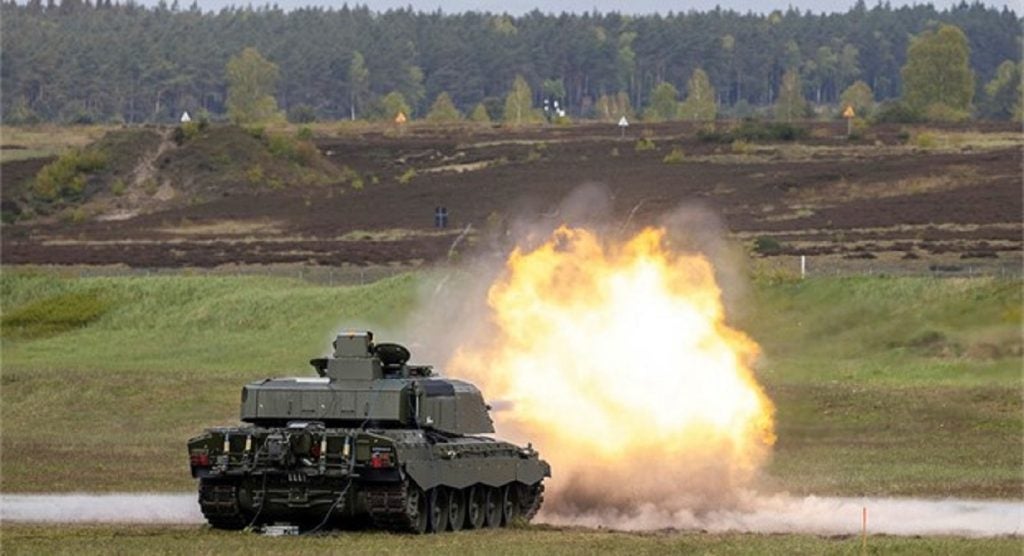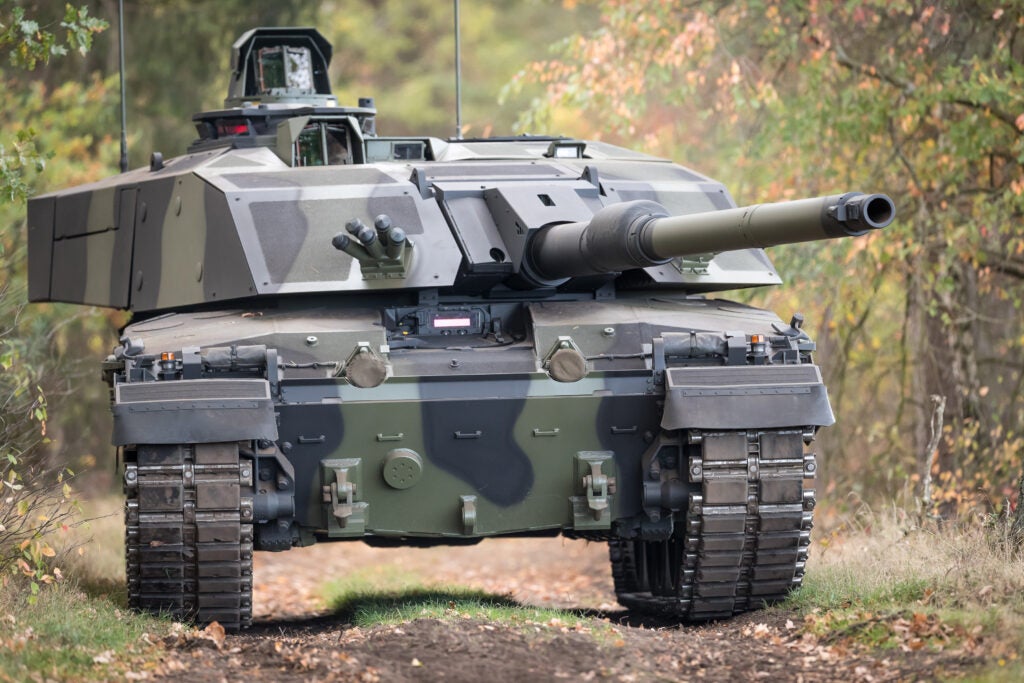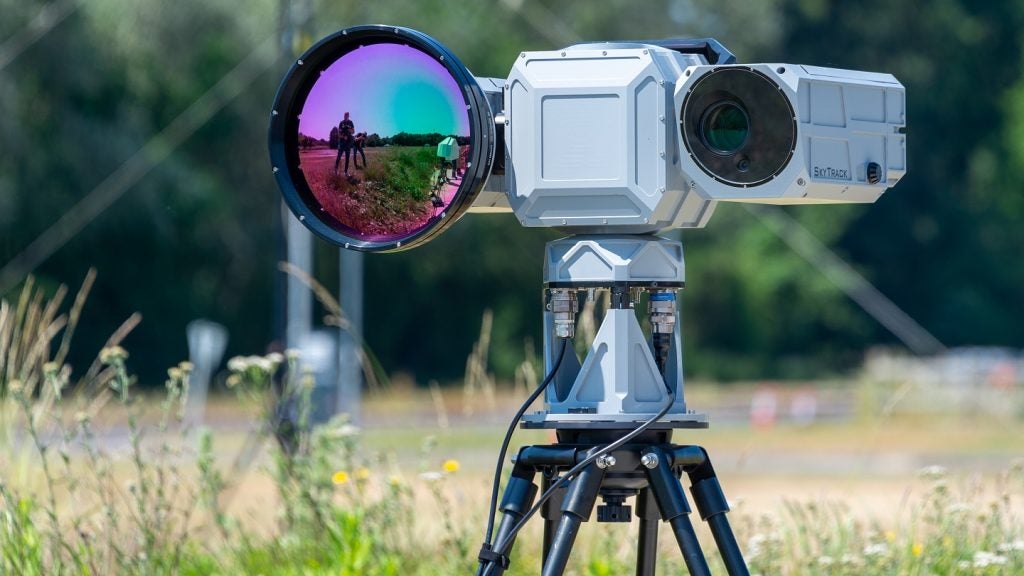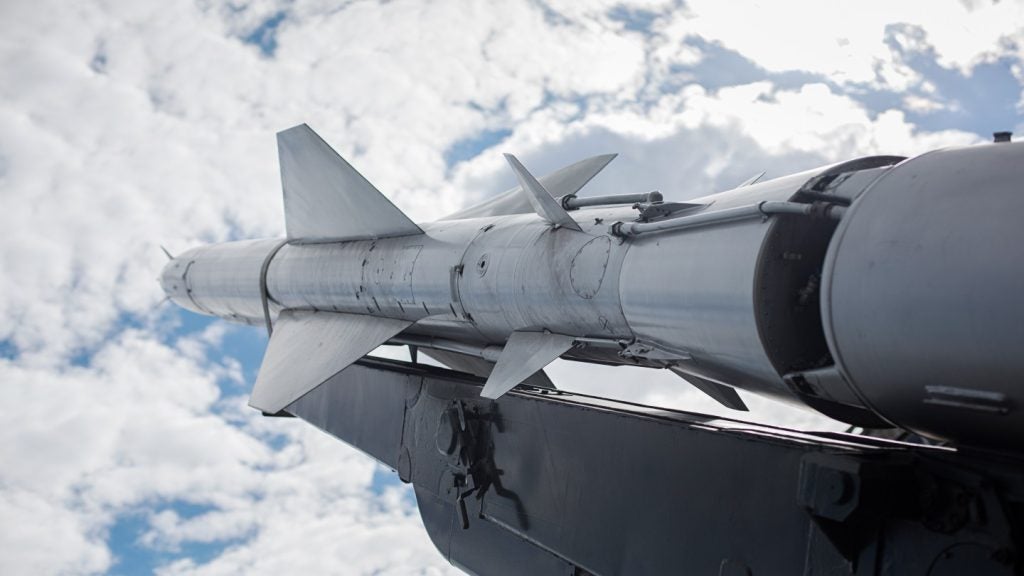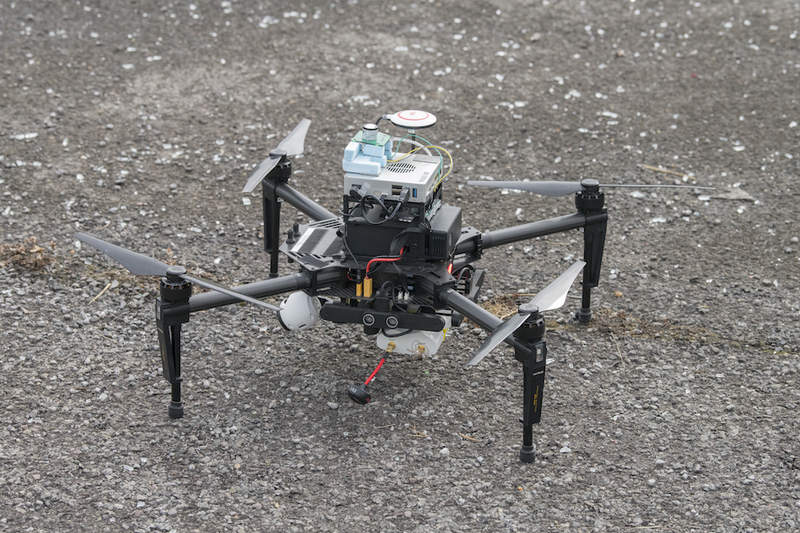
The UK Defence Science and Technology Laboratory (DSTL)-led Project Minerva has tested a new fleet of lifesaving robots and drones.
The systems are designed to help detect harmful chemical agents, provide 3D mapping and identify casualties.
Co-funded by the UK Ministry of Defence (MoD) and the Home Office, the multi-million-pound project was contracted through the Defence and Security Accelerator (DASA) with funding from Defence Science and Technology (DST).
The research focused on the study of robots that can ‘read’ and climb stairs, and miniature drones, which weigh less than a bar of soap, and can soon be deployed into service to help rapidly assess hazardous scenes.
Phase II of Project Minerva has been designed to reduce the risk to emergency services and front-line troops attending incidents or operations involving hazardous chemical or biological materials.
Four teams, which were selected during the first phase of the research project, further developed their concepts in Phase II.
How well do you really know your competitors?
Access the most comprehensive Company Profiles on the market, powered by GlobalData. Save hours of research. Gain competitive edge.

Thank you!
Your download email will arrive shortly
Not ready to buy yet? Download a free sample
We are confident about the unique quality of our Company Profiles. However, we want you to make the most beneficial decision for your business, so we offer a free sample that you can download by submitting the below form
By GlobalDataDuring the two-week-long trials conducted at Gloucestershire Fire Service College in the UK, concept drones and robots were deployed in simulated contaminated scenarios in both homeland and battlefield environments.
DSTL autonomy lead Peter Stockel said: “These two weeks of trials see the culmination of over 18 months of work to realise an exciting vision, which could see robots and humans working together in demanding situations and potentially save lives when dealing with incidents involving hazardous substances.
“In this ‘technology exploration’, we’ve been working with industry and academia to rapidly advance robotic and autonomous solutions to enhance our response options and tools for the near future.”
The hazardous chemical detection technology was tested against the speed and accuracy of human response teams supported by scientists from the DSTL, in addition to the military, police and fire services.
Launched in September 2016, Project Minerva was supported by more than £3m in joint funding over a period of 24 months.



